Humanitarian Aid Agencies
For organisations operating in this field dPMR Mode 2 is often the first method of widespread communication brought to an area.
Licenced conventional PMR version that includes all base station and repeater functionality and is part of the ETSI standard TS102 658.
dPMR Mode 2 offers a logical and flexible migration solution from analogue to a digital conventional voice and data communication systems accommodating base stations and up to 16 repeater sites interconnected over an IP network serving up to 60,000 subscribers. IP connectivity allows user groups to include PC based terminals from other offices, areas or even countries within a communication system and to remotely control a base station or repeater from a fixed connection while multiple repeaters are managed by dynamic channel selection or as part of a co-channel wide area network.
dPMR Mode 2 provides all the basic functions contained within Mode 1 with the additional capability to incorporate multiple base stations and repeaters to significantly extend coverage across a single site or providing system gateways to connect multiple sites within a simple to deploy and configure conventional (non-trunked) digital radio system.
Unlike the TDMA (Time Division Multiple Access) method which divides a 12.5kHz channel into two alternating 30msec timeslots to achieve 6.25kHz equivalence, the FDMA (Frequency Division Access) method employed by dPMR divides the same 12.5kHz channel in length, creating two identical 6.25kHz channels, allowing users to effectively double the capacity their usable spectrum without the need for a repeater to synchronise time slots. This is especially important in ensuring the availability of communication in critical situations when there is increased demand on an allocated radio spectrum.


Both channel access methods offer distinct features and benefits and the choice between the two should ultimately be made based on its suitability for the end use application
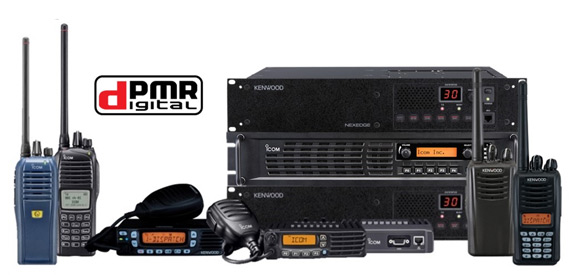
dPMR is an ‘open standard’ which promotes choice by encouraging competing manufacturers to development equipment meeting with dPMR ETSI standards.
As with all dPMR Modes, equipment complying with dPMR Mode 2 is backward compatible with legacy analogue equipment and can operate in both FM analogue and dPMR digital modes giving users a logical and cost effective pathway in the migration from analogue systems to the benefits of digital two way radio technology. Current equipment complying with ETSI standard TS102 658 for operation in dPMR Mode 2 includes hand-portables, mobiles, base stations, modems, repeaters and hand-portable radios meeting with IEC Ex/ATEX based IS specifications for use in explosive atmospheres in the oil, mining and chemical industries.
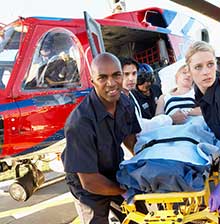
For organisations operating in this field dPMR Mode 2 is often the first method of widespread communication brought to an area.
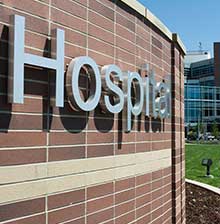
Across all departments of a hospital and out into the grounds dPMR Mode 2 can keep your staff informed and efficient, delivering the best care.

For large resort hotels, parks and similar sites the Mode 2 lets you meet the needs of your clients and deliver a seamless visitor experience.

The movement of people and goods stands at the heart of modern life; dPMR Mode 2 lets you operate efficiently and safely; delivering the best service.
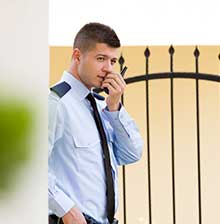
Mode 2 brings your security team together; securely. From the control room to covert and uniformed operatives dPMR works hard for you.
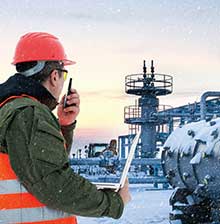
dPMR is there to help you keep safety and production at the highest levels in all areas of exploration, processing, production and distribution.
Membership info or technical data and all else in between; we're happy to answer your queries ...
The dPMR Association was established in 2007 and provides a forum for interested parties to contribute their expertise.
Get the latest updates